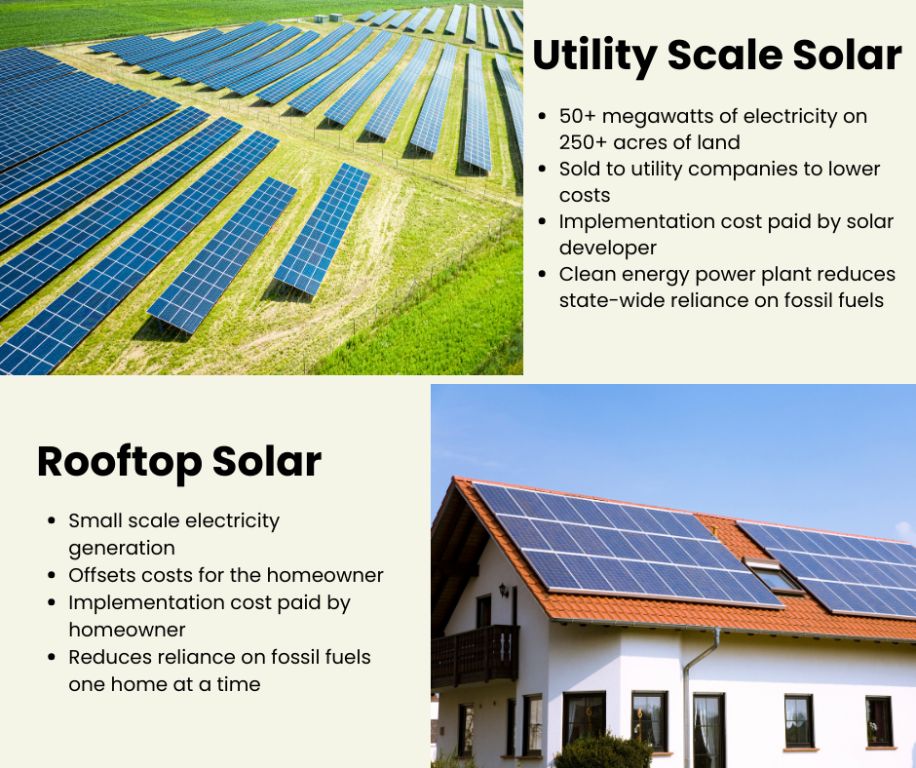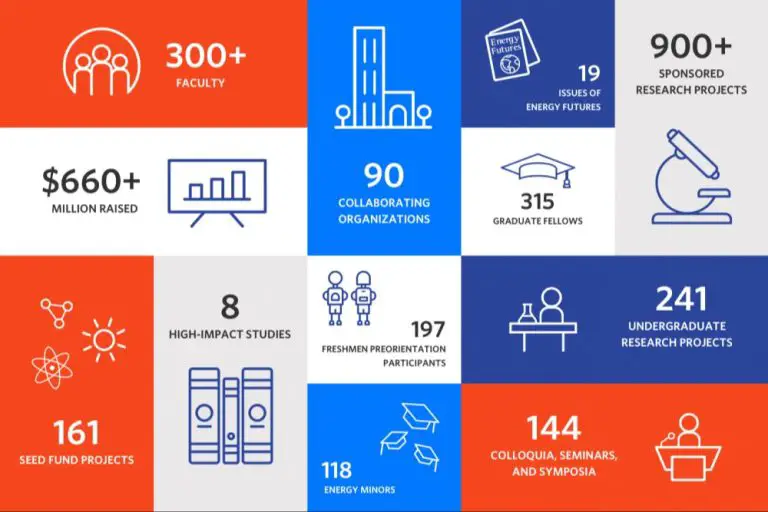Why Is Solar Energy A Resource?
Solar energy is the radiant energy from the sun that is harnessed through technologies like solar photovoltaics and concentrated solar power. As a renewable and abundant resource, solar power offers an alternative to fossil fuels and provides numerous environmental and economic benefits. Solar energy is considered a critical energy resource for the future as the world transitions to cleaner forms of energy generation. This article will examine why solar power qualifies as an important energy resource that should be further developed and utilized.
What is Solar Energy?
Solar energy is radiant energy from the sun that is harnessed using a range of technologies such as photovoltaics, concentrated solar power plants, and solar water heating. The sun produces energy through nuclear fusion which releases electromagnetic radiation in the form of photons from the sun’s core. This energy travels the 150 million kilometers from the sun to the Earth in a little over 8 minutes. Once reaching the Earth, solar energy can be harnessed and converted for electricity and heating using solar panels and other solar technologies.
According to How Does Solar Energy Work with Solar Panels?, “Rooftop solar panels soak up the sun. Those shiny panels are made up of photovoltaic cells (PV for short), which convert sunlight into electricity you can use. An inverter then converts the electricity from direct current (DC) to alternating current (AC)” (Source). The photovoltaic effect allows particles of light, or photons, to knock electrons free from atoms, generating a flow of electricity. Solar panels use this process to convert sunlight into usable electricity.
Abundant Resource
Solar energy is considered an abundant resource because the sun continuously delivers an enormous amount of energy to the earth (Salimi, 2022). The amount of solar energy that hits the earth’s surface in one hour is more than the entire world’s energy consumption in a year (Gelsor, 2018). This makes solar energy’s potential nearly limitless compared to finite resources like oil and gas. Solar power is available in some form virtually everywhere on earth that sunlight can reach. Even cloudy regions receive a substantial amount of solar radiation. The regions that receive the most intense sunlight are the deserts, which have the highest solar energy potential globally (Gelsor, 2018). Overall, solar energy is an abundant resource because of the sun’s continuous, widespread delivery of energy to the earth’s surface. With solar technology improving, more of this abundant resource can be captured and utilized.
Renewable
Solar energy is considered a renewable energy source, meaning it comes from an infinite resource and will never run out. The sun produces energy through nuclear fusion reactions at its core, which will continue for billions of years (1). Unlike fossil fuels like coal and oil which have a limited supply and take millions of years to form, the sun provides a constant source of solar energy that is replenished regularly (2). Solar power technology like photovoltaic panels can harness the sun’s energy and convert it into usable electricity with zero emissions. The fact that the sun’s energy is free and unlimited makes solar a sustainable clean energy solution. Even though solar energy depends on sunny weather, the sun’s rays will continue to reach the Earth indefinitely, meaning solar’s potential as a renewable resource is virtually limitless.
(1) https://www.greenmountainenergy.com/why-renewable-energy/renewable-energy-101/solar
(2) https://www.energysage.com/about-clean-energy/solar/solar-energy-renewable-nonrenewable/
Reduces Reliance on Fossil Fuels
One of the biggest benefits of solar energy is that it reduces our dependence on fossil fuels like coal, oil and natural gas. Fossil fuels are non-renewable sources of energy that release greenhouse gases into the atmosphere when burned. Relying heavily on fossil fuels is problematic for a few key reasons:

Fossil fuel supplies are limited – Coal, oil and natural gas reserves are being depleted much faster than new ones are being created. At current rates of consumption, experts estimate oil supplies could run out within 50 years and natural gas supplies within 60 years.1
Burning fossil fuels contributes to climate change – The greenhouse gases released from burning fossil fuels are the number one contributor to global climate change. Increased droughts, rising sea levels and more extreme weather events are already occurring due to climate change.
Fossil fuel extraction harms the environment – Coal mining destroys landscapes and pollutes waterways. Oil drilling endangers wildlife. Fracking for natural gas causes earthquakes and releases methane. Renewable solar energy has minimal negative impact on the environment.
By generating energy from the sun rather than finite resources underground, solar power systems allow us to rely less on fossil fuels to meet our energy needs. Widespread adoption of solar energy will be critical to reducing greenhouse gas emissions and preventing the worst effects of climate change.
Environmental Benefits
Solar energy provides significant environmental benefits compared to fossil fuel sources. By harnessing energy from the sun, solar power avoids the air and water pollution caused by burning coal, oil, and natural gas. Specifically, solar energy reduces emissions of greenhouse gases like carbon dioxide that contribute to climate change. According to the Solar Energy Industries Association, “The U.S. solar industry generated a climate impact equivalent to taking 18 million gasoline cars off the road in 2021.” Fewer emissions mean cleaner air that causes less smog, acid rain, and respiratory problems.
In addition, solar energy uses very little water compared to fossil fuels. Thermal power plants are a major driver of water consumption as they use water for cooling and steam generation. Solar photovoltaic systems require no water to operate. This conserves drinking water resources and minimizes wastewater discharges. The Union of Concerned Scientists found that shifting to renewable energy could cut U.S. power plant water use in half.
By avoiding the extraction, processing and transportation of fossil fuels, solar energy also reduces threats like oil spills, gas leaks, and habitat disruption. Overall, solar power provides a clean alternative that cuts emissions and pollution, improving public health and the environment. (Source: https://www.energysage.com/solar/health-environmental-benefits-of-solar-energy/)
Cost Savings
Despite the high upfront costs of installing solar panels, solar energy can provide significant cost savings over time. While the initial investment for purchasing and installing a solar system averages $10,000-$25,000, most homeowners see a return on their investment within 5-8 years through electricity bill savings ( https://energy5.com/solar-energy-a-cost-effective-path-to-financial-stability-and-savings).
Once the solar system is paid off, homeowners can enjoy 20+ years of free electricity. On average, solar customers save $40-$60 per month on their electricity bill, with some high-energy users saving over $100 per month (https://gvecsolarservice.com/price/). These savings add up over the system’s 25-30 year lifespan. Factoring in local and federal tax credits and incentives can also help reduce the payback period.
While solar does require an upfront investment, the long-term savings and hedge against rising energy prices make it a financially prudent decision over the system’s lifetime. Careful analysis of factors like system size, electricity usage, and financing options can help maximize cost savings.
Job Creation
The solar energy industry has been a major driver of job creation and economic growth over the past decade. According to a report by the Solar Foundation, the solar workforce grew by 25% in 2021, employing over 250,000 workers in the United States (Solar Panels and Job Creation Boosting the Economy – Energy5). The solar industry was responsible for one out of every 150 new jobs created last year.
The solar jobs span a diverse range of occupations, including solar panel installers, project developers, sales representatives, engineers, and more. Many of these jobs provide good wages without requiring an advanced degree. For example, the median wage for solar installers is over $20 per hour, which is higher than the national median (The Economic Surge of Solar Energy: Job Creation and Global Implications).
The growth of the solar industry also boosts job creation in related sectors like construction, manufacturing, and transportation. Each solar project requires teams of electricians, roofers, and other construction workers to complete the installation. Domestic manufacturing and supply chain companies have added jobs to produce solar components like panels, inverters, and racking systems.
Experts predict the solar job boom will continue as costs fall, technology improves, and more homes and businesses adopt solar energy. The Solar Energy Industries Association estimates there will be over 400,000 solar workers in the U.S. by 2030 (The Global Impact of Solar Energy on Job Creation – Energy5). Solar energy is proving to be a win-win, creating jobs while also providing clean, renewable power.
Challenges
While solar energy has many benefits, it also comes with some challenges that need to be addressed. One of the main challenges is intermittency – solar energy relies on sunshine, which can be inconsistent due to weather, seasons, time of day, etc. This creates a mismatch between peak energy supply and peak demand times [1]. Energy storage solutions are needed to capture excess solar energy during peak generation times for use during peak demand times.
The “duck curve” is an example of the intermittency challenge, where solar energy floods the market during midday when demand is lower, then drops off in the evening when demand spikes after people return home from work. This requires backup power sources that can quickly ramp up generation as the sun sets [1].
Other challenges include the large land area required for utility-scale solar installations, the use of hazardous materials in manufacturing panels, end-of-life panel disposal, and local environmental impacts [2]. These issues need to be managed carefully. However, solar energy generation still has a far lower lifetime environmental impact compared to fossil fuel energy sources.
Conclusion
In summary, solar energy should be considered an extremely valuable resource given its many benefits. Solar energy is abundant, renewable, reduces reliance on fossil fuels, provides environmental benefits, and can lead to cost savings and job creation. While solar does face some challenges like intermittency and high upfront costs, the vast potential and advantages far outweigh the drawbacks. With improved technology and scaling, solar energy can play a major role in the clean energy transition. Tapping into the immense power of the sun provides a sustainable way to generate electricity and reduce greenhouse gas emissions. Given solar energy’s positive attributes, it is clear this renewable resource should be strongly supported and expanded going forward.







